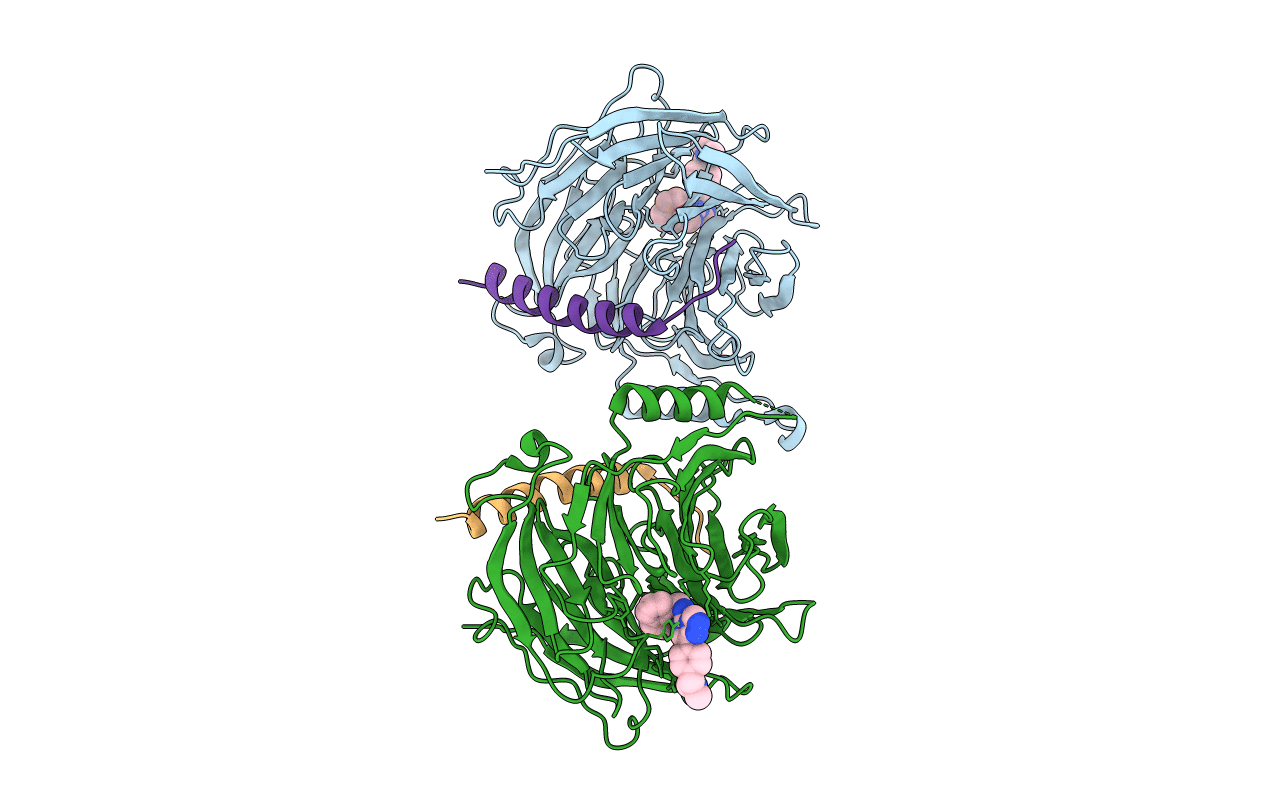
Deposition Date
2021-12-16
Release Date
2022-04-13
Last Version Date
2024-10-16
Method Details:
Experimental Method:
Resolution:
1.80 Å
R-Value Free:
0.21
R-Value Work:
0.18
R-Value Observed:
0.18
Space Group:
P 21 21 2


